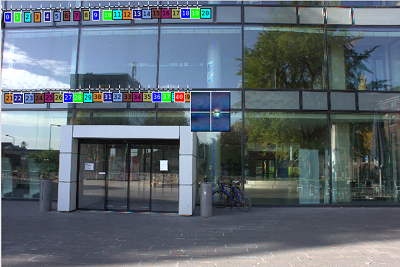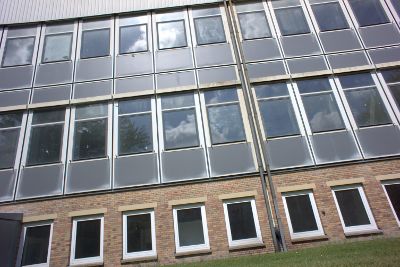So you want to use lens correction features of Darktable, Rawstudio, digiKam, Imagemagick etc, but your lens is not yet supported? No problem – just take some test shots and upload them here.
First, check whether the data is already available in current Lensfun!
Then, read carefully the section “How should test shots look like?” below.
Please select a tarball (.tar.gz) or a ZIP file from your computer that contains the RAW pictures. A single upload may contain RAWs for many different lenses, but only one camera.
Important: By uploading files here, you thereby grant me, Torsten Bronger, the right to permanently store them on my computer and use them for generating calibration data. This data is then published under the Creative Commons Attribution-Share Alike 3.0 license. I may make your images anonymously available to open source projects, e.g. to exiv2 in order to improve automatic lens model detection. I will never publish or give away your email address.

If you calibrate a zoom lens, take pictures at at least five different focal lengths. Always include the extreme values.
Test shots need to be taken at a distance of at least 5 metres. The pictures must contain one straight line, running from one end of the picture to the other, very close to the long border of the picture. Ideally, it contains a second straight line 1/3 of the image height from the top.
The picture on the left is a good example. The numbered marks follow the two lines that I mentioned. I recommend that you use a modern building and take pictures of it. Don't take picures of brick walls or tiles. Tilting or rotating the camera is allowed. Make really sharp pictures. Switch off all corrections (some cameras do this even for RAWs).
I have compiled three further sample pictures, to eliminate all doubts.

The more corrections are possible, the better. As for TCA (chromatic aberration), I can maybe use the same pictures that you uploaded for distortion above. Anyway, they need to contain sharp high-contrast edges over the whole image, see the photo on the right.
As for taking pictures for vignetting correction, see my lens calibration tutorial.
I need to know lens model, focal length, and aperture for each shot. Mostly, this is already included in the RAW. In case it isn’t, you will be pointed to a web page where you can add any missing data.
However, if the EXIF data in some files is plain wrong (for example, you used a fisheye converter), it is necessary that you rename such files. For example, you may rename to
Canon_EF_24-70mm_f__2.8L_USM--35mm--2.8.CR2
In the lens name, a single underscore “_” represents a space “ ”, and double underscore “__” represents a slash “/”.